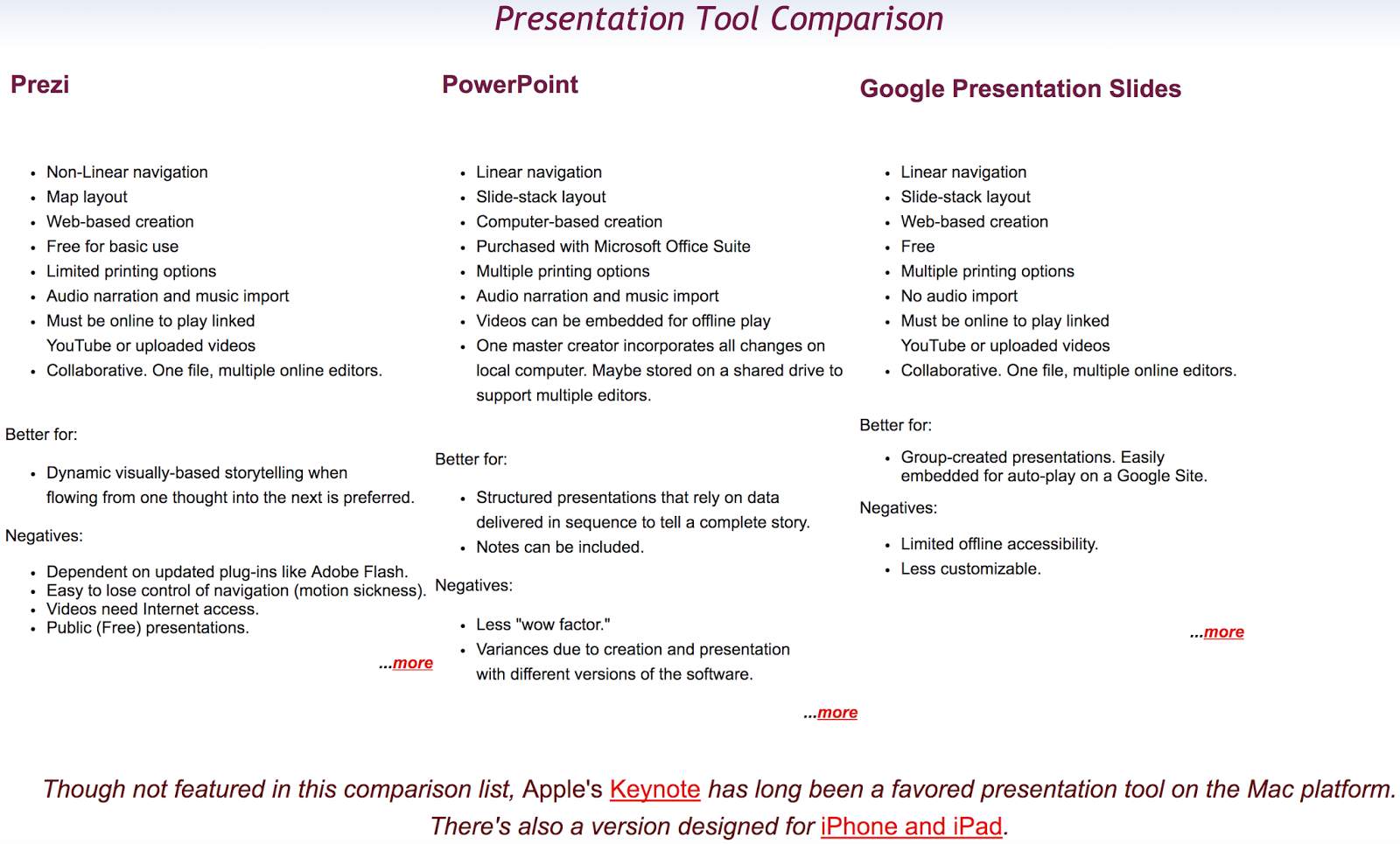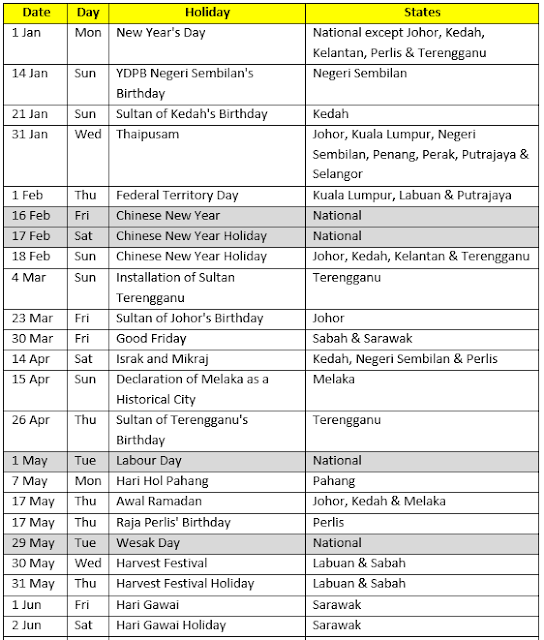Do You Know These Pros & Cons Of Repeating A Grade?
Guest post by Kane Williamson (Share your thoughts with 58,000+ Malaysian students)Normally students who are associated with failure are directed to repeat a grade. It shows a sign that your child is not focused on their studies and not working hard to enhance their performance. There are numerous positive and negative effects attached to the decision of repeating a grade.
If you’re also deciding to repeat a grade, then you’re reading the right content. Read the information shared in the below passage to explore the pros and cons of repeating a grade.
Pros
1. Strengthen Your Knowledge
The process of repeating a grade is an effective idea to strengthen one's knowledge as per the grade level students who fail to satisfy their teachers with expected knowledge need to repeat their grade. In order to get the promotion to the next grade student needs to develop exceptional knowledge of the current grade.In case you had missed a lot of school due to illness or any issue then chances are high that you will need to repeat the grade to catch up all the lessons which you had missed. And when you already know the course material, reviewing it can help you perform better in your class test and fetch good grades.
2. Fill Up Age Difference
Children who are younger than their classmates always benefit from repeating the grade. This is because they get an opportunity to attend classes with the children of their age. Furthermore, it is observed that students who are younger than their classmates feel pressure in their class activities.If you’re younger than your class fellows, then you will also get the benefit to study comfortably with your age group students.
3. Enhance your skills
Repeating a grade is the best choice for students who lack reading, writing or communication skills. When you will repeat your grade you will get the chance to develop more skills through your class activities.This will allow you to confidently engage in all academic activities with better skills. So if you want to enhance your skills then you should not hesitate to repeat your grade.
Cons
1. Age Difference
It is true to say that students who repeat a grade remain two years older than their classmates. This is the main reason students as well as their parents confused whether or not to repeat a grade. And the problem becomes worse if your younger sibling is also studying at the same level.2. Bullying or Teasing
Many students feel scared by grade retention idea, because of other students tease or bullying. And this is why you might disagree with your friends and family member with the idea of class repetition.If you feel insecure because of this reason then you should discuss it clearly with your parents and college counselor.
3. Feel Bored
Almost every student feel bored when it comes to repeating the same grade. There are many reasons behind this but the main reason is the same class lesson and activities in which they need to indulge. This stops students to concentrate on the class lesson which they already took in the last year. Therefore, many students oppose the idea of grade repetition instead joined other school or college.The Bottom-line…
Repeating a grade is effective for the group of learners who are too young for studying a grade. What this means is that the learning of underage students tends to slow down and they end up getting poor grades. Repeating a grade helps them adjust with the pace of their education benefit them in their future studies and career.Similarly, repeating a grade helps the students who are developmentally immature. Since they have a lower mental age than their biological age, it is better for them to repeat a grade in order to cement the things they learn in a class.
On the other hand, repeating a grade has its downside for students who have other reasons than being underage or having a low mental age. For those students, repeating a grade does more bad than any good. The worst is that they tend to lag behind the students within their age group. Besides, when a student repeats a grade, it is difficult for him to get along with new class mates due to the age difference.
After weighing the pros and cons of repeating a grade, we can conclude the case of whether or not a student should repeat a grade depends on his individual requirements. So think twice before you make a decision as it can have repercussions on your future education and career.
Kane Williamson is the writer of this post. Apart from being a veteran writer, he is also an academician, scholar, and educator at Dissertation Crown. In addition, he is an active blogger who frequently writes on the themes of education and career. He is fond of reading academic publications and non-fiction books.
► Read more on Do You Know These Pros & Cons Of Repeating A Grade?




























